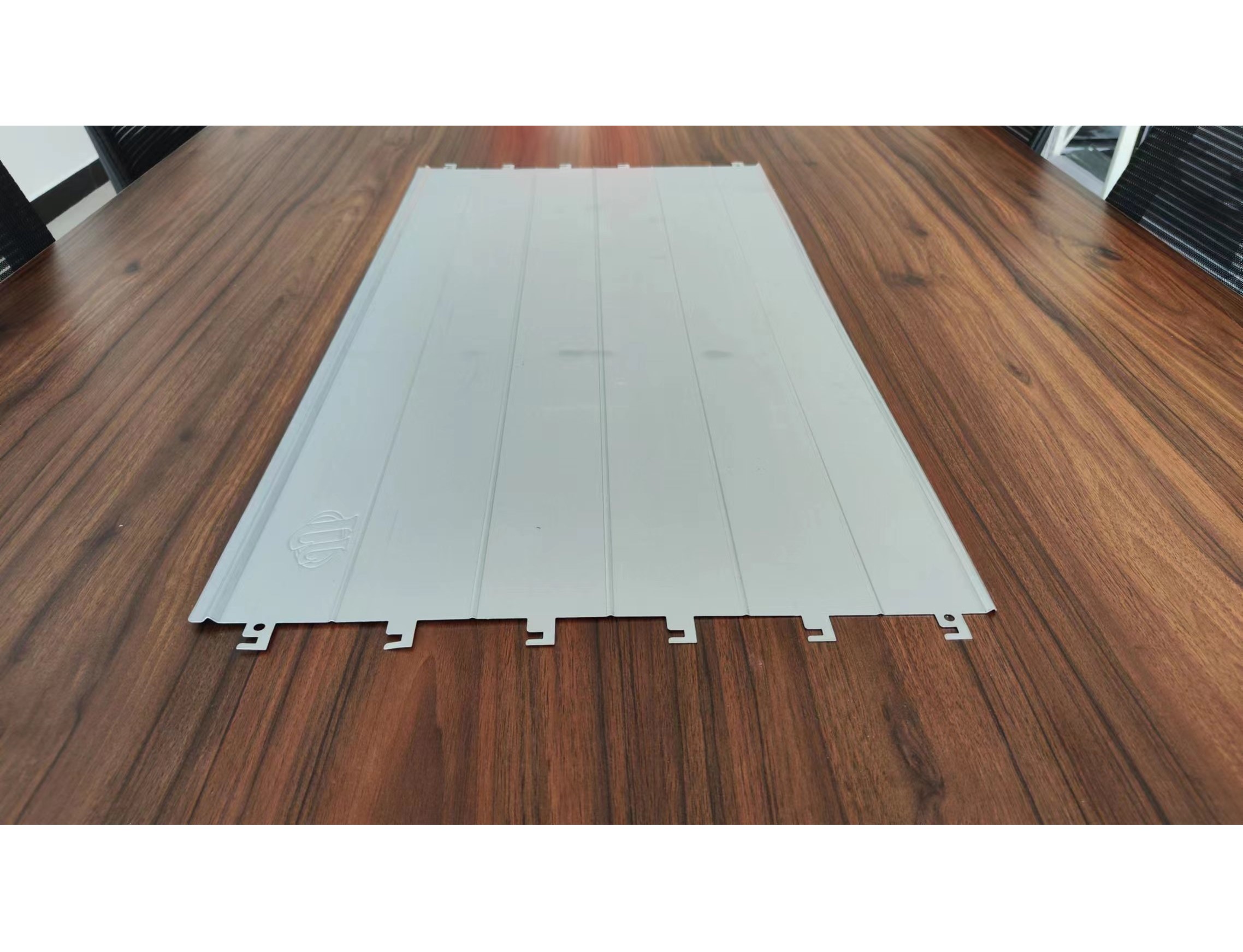
The Tube Mill Production Line Innovations and Efficiency in Manufacturing
In the modern manufacturing landscape, the tube mill production line stands out as a pivotal advancement, particularly in the metalworking industry. This system is designed to manufacture various types of tubes and pipes, which serve essential roles in multiple applications, from industrial machinery to automotive and construction sectors. Understanding the tube mill production line and its functionalities offers insights into the innovations improving efficiency and productivity in today’s manufacturing processes.
Overview of Tube Mills
A tube mill is a device used for creating long, continuous metal tubes by shaping flat metal sheets or strips. The process typically involves the following stages uncoiling, forming, welding, sizing, and cutting. The efficiency of this production line is crucial as it directly affects the speed and quality of the finished products. Tube mills can produce various tube shapes and sizes, catering to diverse industry needs.
The Production Process
1. Uncoiling The production begins with the uncoiling of metal strips. High-quality steel or other alloys are typically used depending on the application of the finished tubes.
2. Forming After uncoiling, the metal strip is fed into a series of rollers that gradually shape the flat strip into a cylindrical form. This forming stage is critical as it determines the dimensional accuracy of the tube.
3. Welding Once the tube is formed, the edges of the strip are welded together. There are several welding methods used in tube mills, with high-frequency electric resistance welding (ERW) being one of the most common due to its speed and efficiency.
4. Sizing After welding, the tube must be sized to specifications. This process ensures that the outer diameter and wall thickness meet exact standards. It often involves additional rollers and can include process controls for real-time monitoring.
5. Cutting The final stage involves cutting the tubes to predetermined lengths. Precision cutting is essential to minimize waste and ensure that each piece meets the required specifications.
Innovations in Tube Mill Technology

Recent advancements in tube mill technology have focused on automation and digitalization. The integration of computer numerical control (CNC) systems has revolutionized the manufacturing process, allowing for greater precision and flexibility. With CNC systems, manufacturers can easily switch between different tube sizes and specifications without significant downtime or labor costs.
Moreover, the development of advanced sensors and monitoring systems has enabled real-time data collection and analysis. This capability allows manufacturers to identify inefficiencies and potential defects early in the production process, thereby enhancing quality control and reducing scrap rates.
Benefits of an Efficient Tube Mill Production Line
Adopting an efficient tube mill production line offers several benefits for manufacturers
- Increased Production Rate Automated processes significantly reduce production time, enabling manufacturers to meet high demand without compromising quality.
- Cost-Effectiveness While initial investments in advanced technologies may be high, the long-term savings realized through reduced labor costs and waste make it economically viable.
- Versatility Modern tube mills can produce a wide range of tube sizes and types, making them adaptable to the changing needs of various industries.
- Improved Quality With advancements in welding technology and process controls, the quality of finished products has reached new heights, reducing the likelihood of product failures in the field.
Conclusion
The tube mill production line is a cornerstone of modern manufacturing, embodying the innovations and efficiencies essential for meeting today’s industrial demands. As technology continues to evolve, manufacturers who embrace these advancements will undoubtedly maintain a competitive edge, ensuring that they can produce high-quality products more rapidly and cost-effectively than ever before. With a focus on automation, digitalization, and continuous improvement, the future of tube mill production looks promising, paving the way for new opportunities and sustainable growth in the industry.